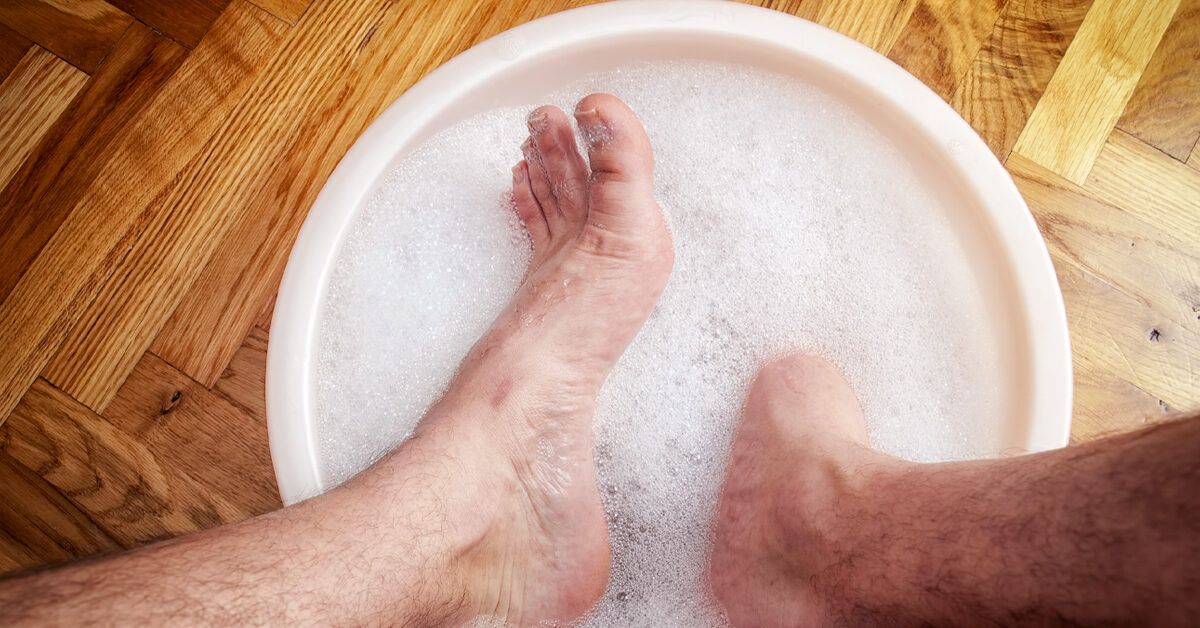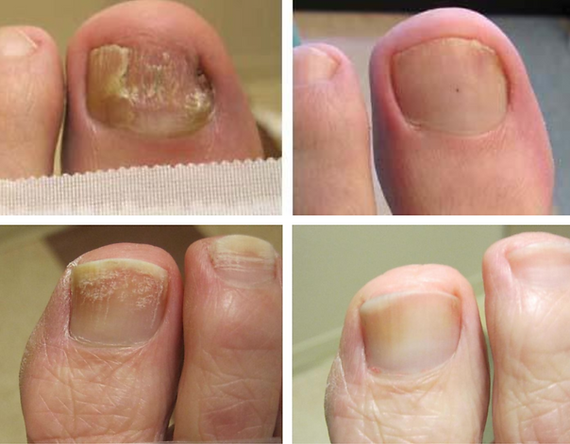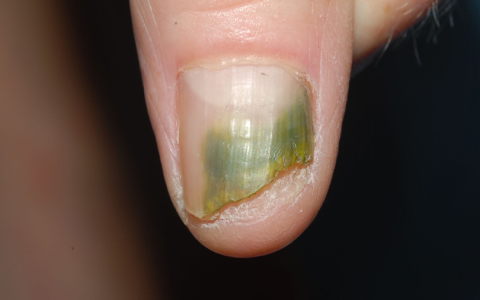Does Bleach Kill Nail Fungus?
Nail fungus, a common yet often stubborn condition, affects many individuals worldwide. It can lead to discomfort, unsightly nails, and even pain in severe cases. As people seek effective treatments, the question arises: does bleach kill nail fungus? This inquiry not only reflects a desire for a quick solution but also highlights the need for understanding the nature of nail fungus and the efficacy of various treatments.

Nail fungus, medically known as onychomycosis, is caused by various fungi, including dermatophytes, yeasts, and molds. These organisms thrive in warm, moist environments, making toenails particularly susceptible. The infection can cause nails to become discolored, thickened, and brittle. While many over-the-counter treatments exist, some individuals turn to household products like bleach, hoping for a simple remedy.
Bleach, or sodium hypochlorite, is a powerful disinfectant known for its ability to kill bacteria and viruses. Its antifungal properties are also recognized, leading some to believe it could effectively treat nail fungus. However, using bleach on nails is not without risks. Direct application of bleach can cause skin irritation, chemical burns, and damage to the nail bed. Furthermore, while bleach may kill some fungi on the surface, it does not penetrate the nail effectively to eliminate the infection at its source.
Research indicates that while bleach can be effective in certain contexts, it is not the most reliable treatment for nail fungus. Topical antifungal medications, such as clotrimazole and terbinafine, are specifically designed to target fungal infections. These treatments are formulated to penetrate the nail and reach the infected area, providing a more effective solution than bleach.
For those considering bleach as a treatment option, it is essential to approach it with caution. If one chooses to use a diluted bleach solution, it is crucial to follow safety guidelines. Mixing one part bleach with ten parts water can reduce the risk of skin irritation. Soaking the affected nails for a short duration, followed by thorough rinsing and moisturizing, may help minimize potential harm. However, this method should not replace professional medical advice or prescribed treatments.
In addition to topical treatments, maintaining proper nail hygiene is vital in combating nail fungus. Keeping nails clean and dry, trimming them regularly, and avoiding tight footwear can significantly reduce the risk of infection. Using antifungal powders in shoes and socks can also help prevent the growth of fungi.
For individuals with persistent nail fungus, consulting a healthcare professional is advisable. They can provide a proper diagnosis and recommend effective treatment options tailored to the individual’s needs. In some cases, oral antifungal medications may be necessary to eradicate the infection completely.
While the allure of using bleach as a home remedy for nail fungus is understandable, it is essential to weigh the potential risks against the benefits. The effectiveness of bleach in treating nail fungus is limited, and safer, more effective alternatives are available. Prioritizing health and safety should always come first when dealing with fungal infections.
while bleach has antifungal properties, it is not a recommended treatment for nail fungus. The risks associated with its use, combined with the availability of more effective treatments, suggest that individuals should seek professional guidance for managing this common condition. By understanding the nature of nail fungus and exploring appropriate treatment options, individuals can take proactive steps toward healthier nails.




